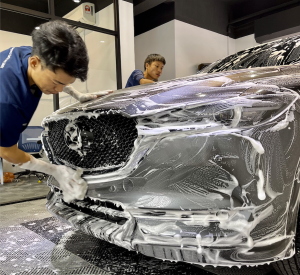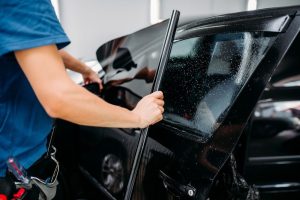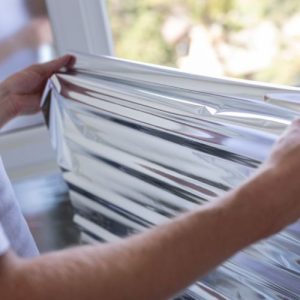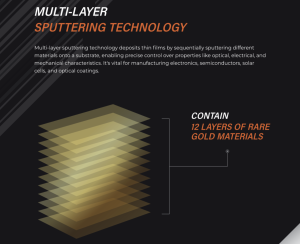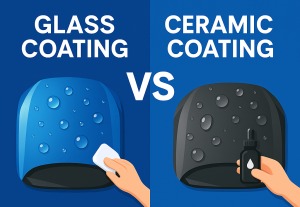Car Coating vs Car PPF is a common comparison among car owners looking to protect their vehicle’s exterior. These two popular methods help shield your car from scratches, dings, and harsh weather conditions. But what’s the difference between them? And which one is right for you? In this article, we’ll break down the pros and cons to help you make an informed decision
CAR COATING
Applying a layer of liquid polymer to your car’s exterior surface creates a protective barrier over the paintwork. This layer helps shield the vehicle from environmental elements such as UV rays, dirt, and light scratches. It also makes the surface easier to clean and maintain, while enhancing its glossy appearance.
One of the main benefits of this treatment is its long-lasting protection. It can remain effective for years, reducing the need for frequent reapplication. However, it can be costly, and while it helps resist minor damage, it doesn’t fully protect against all types of scratches and dings. Also, if there is existing damage to the paint, it will need to be repaired before application.
Benefits Of Car Coating
✅ Enhanced Gloss & Shine – Gives your car a deep, glossy finish.
✅ Hydrophobic Properties – Repels water, dirt, and contaminants.
✅ UV & Chemical Resistance – Protects against oxidation, bird droppings, and acid rain.
✅ Easier Maintenance – Reduces the effort needed for cleaning.
✅ Durability – Lasts between 2 to 5 years, depending on the quality of the coating.
5 Limitations Of Car Coating
❌ Doesn’t Prevent Stone Chips – Can’t protect against rock chips and deep scratches.
❌ Not a Physical Barrier – Acts more like a protective layer rather than a physical shield.
❌ Professional Application Required – Needs precise installation to achieve maximum effectiveness.
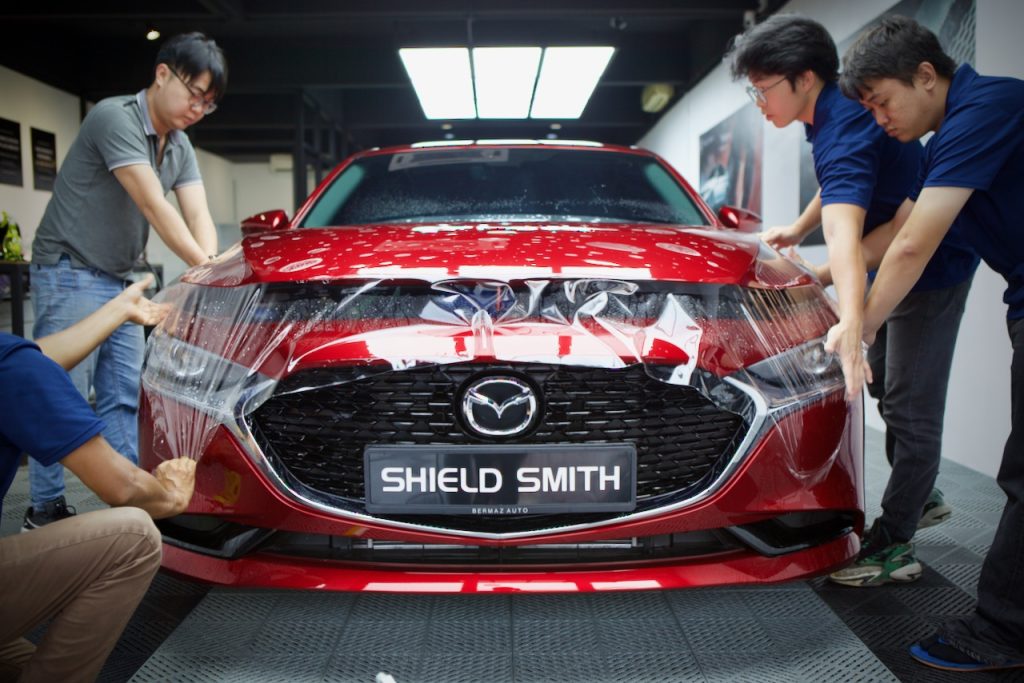
Window Tint Comparison in Malaysia isn’t just about upgrading your car’s style — it’s an essential investment for every vehicle owner. With the country’s blazing heat, intense sunlight, and harmful UV rays that can cause serious damage to your car’s interior and even affect your skin health, choosing the right window tint is more important than ever. Not only does a good tint enhance your car’s appearance, but it also plays a crucial role in protecting you and your passengers from discomfort, fading upholstery, and potential long-term health risks.
However, with so many options flooding the market—from budget-friendly cheap films to high-end premium tints—many car owners find themselves confused and unsure about which choice truly offers the best value. The key question often asked is: “Is premium window tint really worth the extra cost compared to cheaper alternatives?”
In this comprehensive Window Tint Comparison, we’ll dive deep into every aspect that matters. From the quality of materials used, heat rejection capabilities, UV protection levels, durability over time, warranty coverage, to the overall aesthetic appeal, we’ll reveal the real differences between cheap and premium window tints. By the end of this comparison, you’ll have a clear understanding of what you’re paying for and why investing in a premium window tint can save you money and trouble in the long run, while providing unmatched comfort and protection.
Choosing the right window tint isn’t just a purchase — it’s a decision that impacts your daily driving experience, your car’s resale value, and your long-term wellbeing. So, let’s get started and uncover what sets premium window tint apart from the rest.
Kalau mau aku buat versi yang lebih panjang lagi atau pakai bahasa yang lebih santai, kasih tau ya!
PAINT PROTECTION FILM ( PPF )
Paint protection film, also known as PPF, is a clear or colored film that’s applied to your car’s exterior surface. The film provides a physical barrier between your car’s paintwork and the environment, protecting it from scratches, chips, and other damage. PPF can also protect your car’s paintwork from UV rays, which can cause fading and discoloration over time.
One of the main advantages of PPF is that it provides excellent protection against all types of damage, including rock chips, scratches, and bird droppings. PPF is also easy to maintain and can be removed without damaging your car’s paintwork. However, PPF can be expensive, and it’s not as long-lasting as car coating. The film may need to be replaced every few years, depending on how much wear and tear it’s subjected to.
Benefits of PPF
✅ Ultimate Physical Protection – Shields against rock chips, scratches, and road debris.
✅ Self-Healing Properties – Minor scratches disappear with heat exposure.
✅ UV & Chemical Resistance – Protects paint from oxidation and environmental damage.
✅ Matte & Glossy Options – Available in different finishes to match your car’s aesthetic.
✅ Long Lifespan – Can last 5 to 10 years with proper care.
Limitations of PPF
❌ Expensive – Costs more than ceramic coating.
❌ Visible Edges – The film may have slightly visible seams.
❌ Maintenance Needed – Needs proper cleaning and care to avoid yellowing or peeling over time.
WHICH ONE SHOULD YOU CHOOSE?
Deciding whether to go for car coating or PPF depends on your specific needs and budget. If you want long-lasting protection against environmental factors and are willing to pay for it, car coating might be the better option. However, if you’re concerned about rock chips and other types of damage and don’t mind replacing the film every few years, PPF might be the way to go.
It’s also worth noting that you can combine both methods for maximum protection. For example, you can apply PPF to the most vulnerable areas of your car, such as the hood, fenders, and mirrors, and then apply car coating over the entire car. This way, you’ll get the best of both worlds.
CAN YOU COMBINE BOTH?
Yes! Many car owners apply PPF on high-impact areas (front bumper, hood, side mirrors) and then coat the entire car with coating. This combination provides ultimate protection with a glossy, hydrophobic finish.
CONCLUSION
Car coating and PPF are both excellent methods for protecting your car’s paintwork from environmental factors and damage. While car coating provides long-lasting protection, PPF provides more comprehensive protection against all types of damage. Ultimately, the decision to go for car coating or PPF depends on your specific needs and budget. Regardless of which method you choose, make sure to have it applied by a professional to ensure optimal results.

